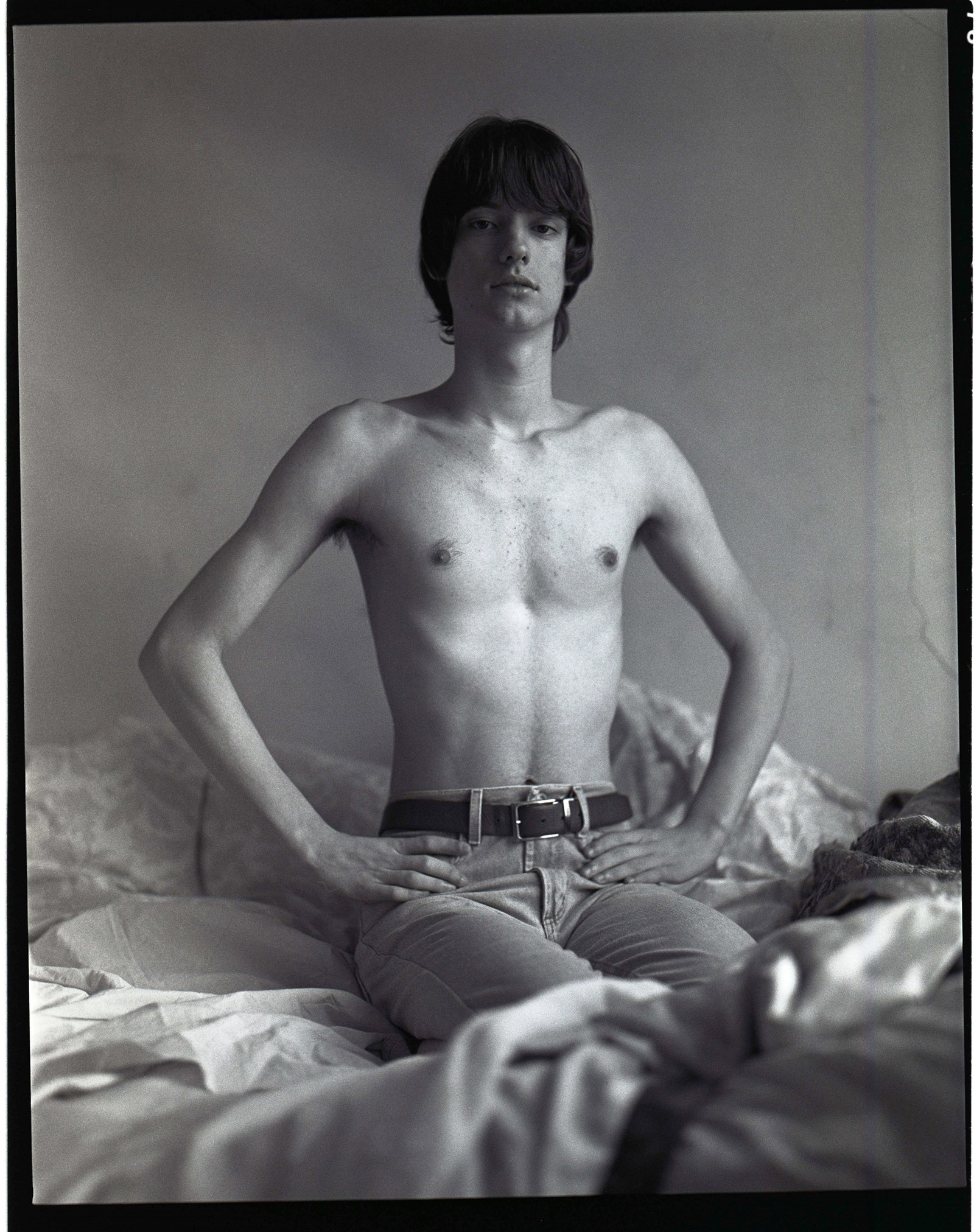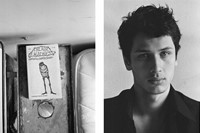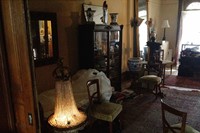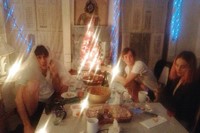In 2012, the photographer Brett Lloyd spent nine months living with one of his creative heroes, David Armstrong. The pair connected, as many people did back then, on Facebook the year before, and met in real life shortly after; Armstrong invited him to stay and Lloyd accepted and soon found himself pitching up at his brownstone house in the Bedford-Stuyvesant neighbourhood of Brooklyn, New York. Lloyd’s photos from this time are brought together in a new book titled Candyland, published by Dashwood Books, which distills this influential period in his life and career.
Armstrong had long been a source of inspiration to Lloyd. An important – though possibly still underground – figure in the pantheon of contemporary photography, he is best known for his intimate portraits of his friends and lovers. Ethereal and achingly romantic, these pictures often display a softer and more sensual expression of the male sex. They lay their subjects bare – physically, yes (they are often in a partial or total state of undress), but emotionally, too: Armstrong’s camera lens seems to penetrate people’s souls, rendering them beautiful, but undeniably vulnerable too.
Lloyd describes Armstrong’s house, which was affectionately known as Candyland (from where this book takes its name), as having “antiques everywhere, stacks of auction catalogues, old Belle Époque posters, cracked windows, the bathtub falling through the ceiling”. Filled with costumes – which made it feel as if it was always ready for a fancy-dress party – the space was big and dark. Though Lloyd rarely saw the legendary photographer, who kept largely to himself, he did encounter a multitude of young artists, whom Armstrong kindly let stay there.
Naturally, Lloyd took many pictures during this period – from snaps on his iPhone to Pentax photographs, and images created using the Photo Booth app (remember that?). Armstrong, who died in 2014, was already planning on selling the property, so these images capture the last breath of a unique and unrepeatable time. As Liam Hess puts it in his foreword, the house was “a now-lost world of bohemian freedom; in the beating heart of New York City’s suburbs, yet somehow outside of time and place”.
Here, Brett Lloyd tells AnOther all about it.
Ted Stansfield: Can you introduce this book to us?
Brett Lloyd: Candyland is a book I made with the great team at Dashwood Books in New York. The book documents the nine months I lived with the photographer David Armstrong at his legendary Bed-Stuy brownstone in 2012. It shows an otherworldly vision of the sun setting on a now-lost world of bohemian freedom; in the heart of New York City’s suburbs, yet somehow outside of time and place. It was very special to work with the team at Dashwood Books since they knew David so well.

TS: Why is David one of your creative heroes?
BL: The first book I bought of David’s was The Silver Cord; I had never seen such a quiet series of images before, I fell in love. Portraiture where there was no doubt that the sitter knew the photographer. It seems like David knew their secrets, with simple compositions giving way to complexities in the faces.
TS: How did you come to live in his house?
BL: We connected on Facebook in 2011 when he was preparing to publish his book Night and Day. He did a book tour in Europe with Morel Books and I hopped on that tour over a few cities and we got to know each other, then he offered for me to come to New York and live with him. It wasn’t until the third time he asked that I realised he was serious, so I went in June 2012.
TS: What was it like to reside within that space?
BL: The house was a glorious mess, a big brownstone in the middle of Bed-Stuy. It was both dark and bright at the same time, the light was magical just like you see in his photos. Antiques everywhere, stacks of auction catalogues, old Belle Époque posters, cracked windows, bathtub falling through the ceiling. David had an extensive costume collection around the house so it always felt like a fancy dress party could start at any minute.
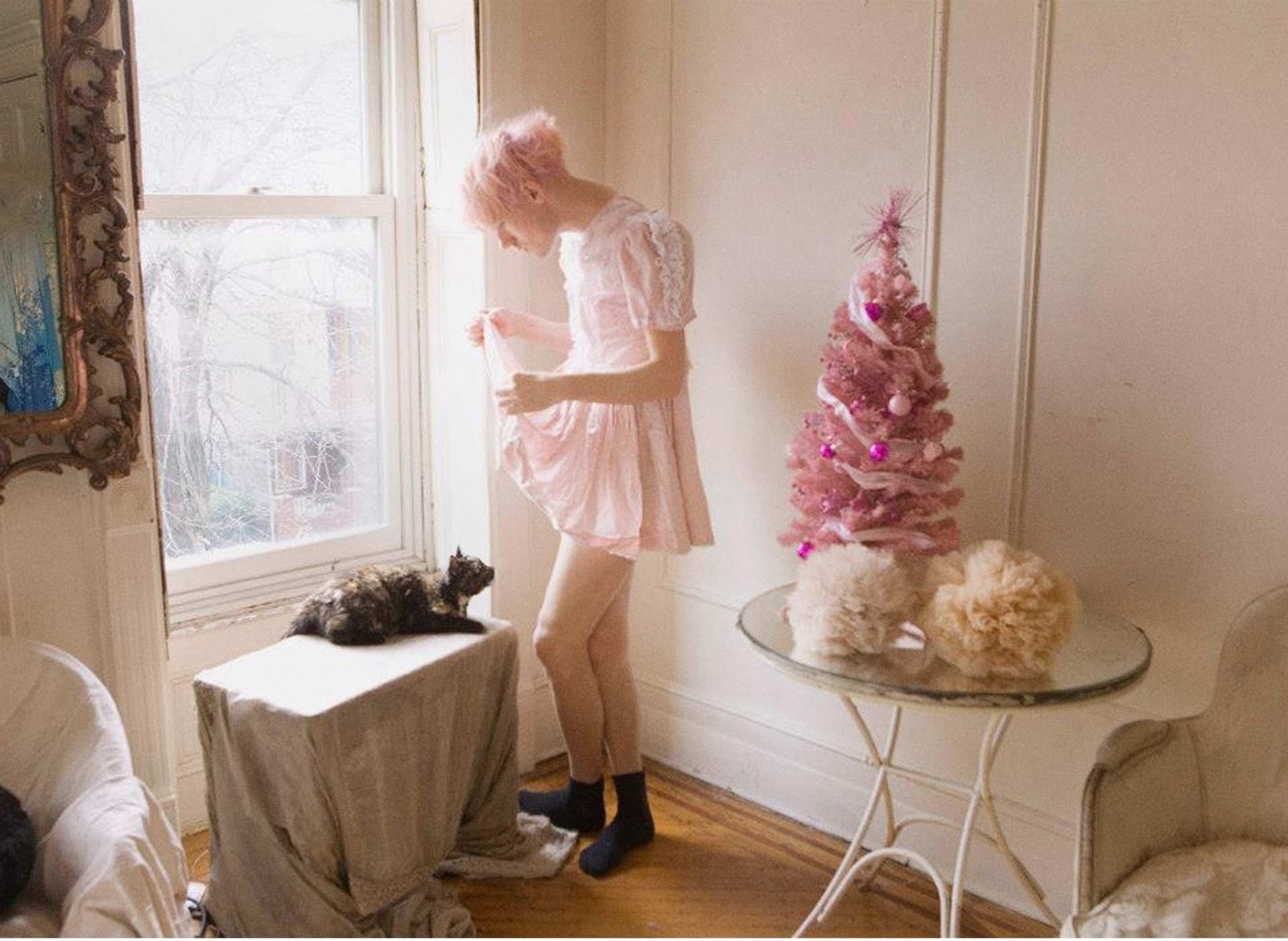
TS: What kind of people were coming in and out of the house? And how did you go about photographing them?
BL: David was very generous with his house, allowing young kids to stay there. Helping them out with cheap rent. I lived there with three guys: Marcel, Jarod and Wills. While David was generous, he was also quite private – you would rarely see him, the house was so big and dark. It was a privilege to catch him in a room and force him to answer my thousand questions. [Laughs]. The nice thing about this book is that it’s such a mixture of mediums, from iPhone to Pentax, PhotoBooth to scrapbooks; that mix of styles captures the chaos of the house well. The house was full of good-looking people with big hearts, so photographing them was no trouble. One regret I have was falling asleep and missing a visit from Rene Ricard. I’m such a fan of his and slept right though his afternoon at the house. Damn.
TS: What did David teach you?
BL: He told me not to learn anything from him as it would only cause me trouble. [Laughs]. I did not assist David on his shoots as he wasn’t shooting so much at that time. I learnt more from him talking about antiques and his heroes such as Eugène Atget, Elizabeth Taylor and Billie Holiday.
TS: One of my favourite things about David’s photographs is the kind of soft, sensual masculinity he captured. I think your photographs share a similar quality. Would you agree?
BL: His genius was “that look” from his sitters. The ethereal “I know everything about you” he manages to get in the most simple of settings. It’s just him, the setter and the light. I love the twists on the bodies in David’s portraits, the moments between the actions it seems, from one pose to the next he will shoot, and those images I find the most sensual.
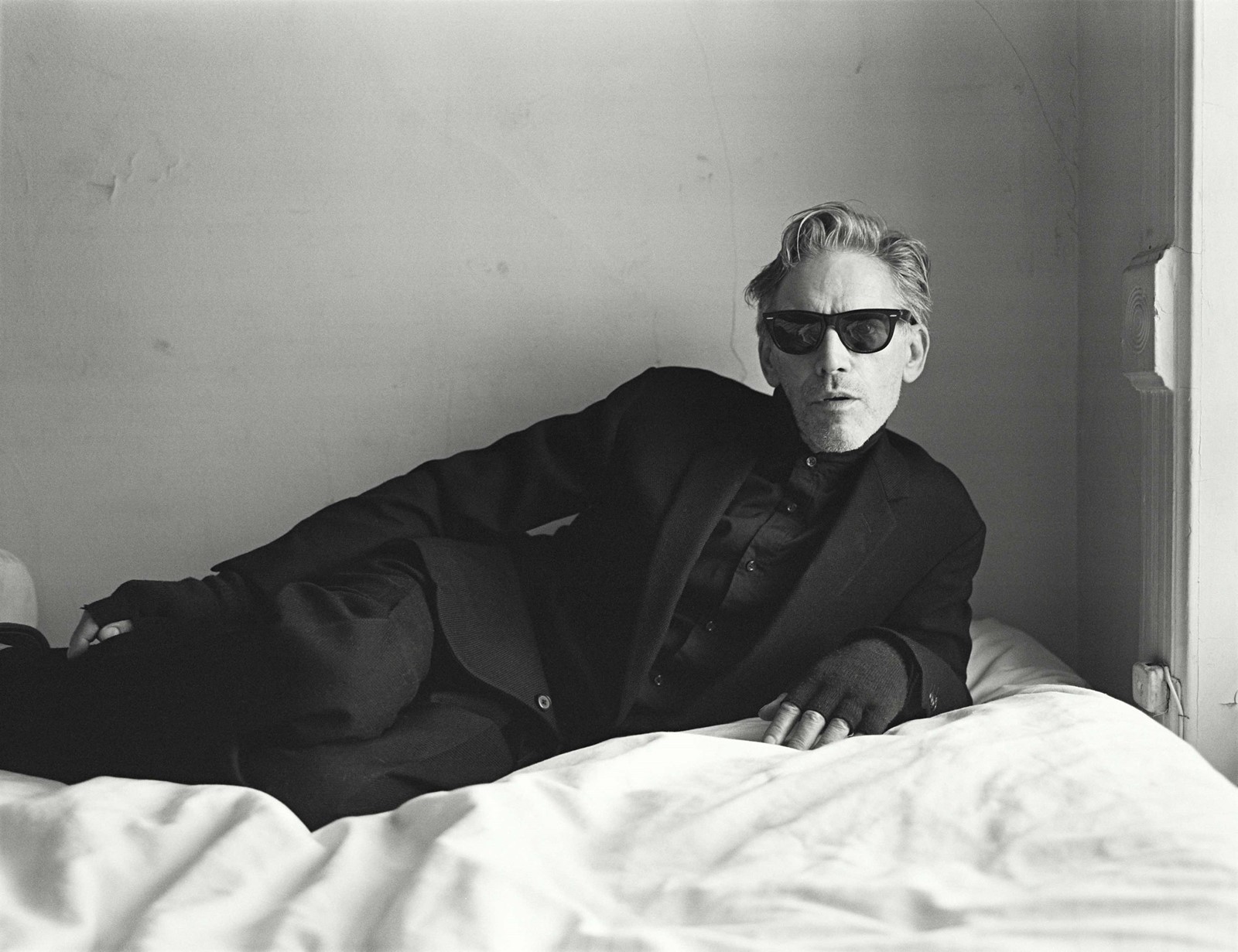
TS: Could you share a favourite memory from that period in your life?
BL: I remember the days leading up to Hurricane Sandy, David had fallen in love with a weatherman on one of the news channels and we would shout at each other each time he came on TV with updates on the storm. David said he wanted to marry him.
TS: And do you have a favourite image in this book?
BL: One of my favourite images in the book is on the first page. The photo is of the room full of David’s prints and costumes. He would take a lot of his images in this space. I remember being in the house on my own over Christmas and decided to move my bedroom into that room as it was such an inspiring place.
TS: What kind of impact do you think David has had, not just on you but on the wider community of photographers?
BL: Looking over David’s books, I love that you can see the varying styles of photography that he mastered – his landscapes are less famous, but just as sensual and soft. His colour work is just as striking as the black-and-whites. He can make you feel very close to him, deeply personal images and then a book comes along full of blurred abstract landscapes.
Candyland by Brett Lloyd is published by Dashwood Books, and is launching at Donlon Books in London, on October 18, from 6.30pm-8.30pm.
